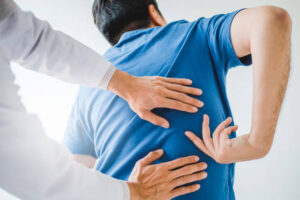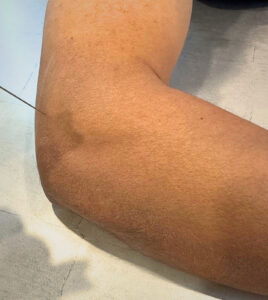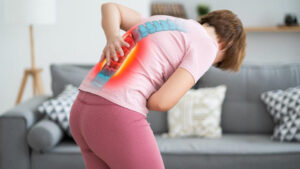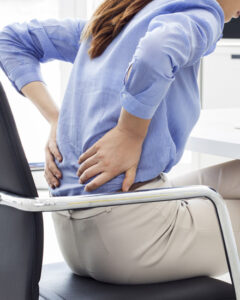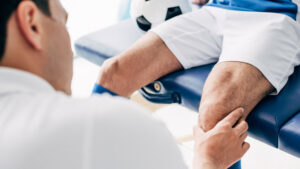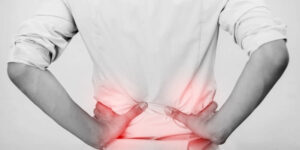A slipped disc can turn even the simplest movements into a painful challenge. Whether it’s bending down to tie your shoes or getting out of bed in the morning, that sharp, nagging pain can disrupt daily life. If you’re dealing with a slipped disc, knowing what to do (and what to avoid) is crucial for effective recovery. The right approach can help ease discomfort and prevent further damage, while the wrong one can make things worse. Let’s explore the key do’s and don’ts of slipped disc treatment and how you can take control of your spine health.
What is a Slipped Disc?
A slipped disc, also known as a herniated or prolapsed disc, occurs when the soft, jelly-like centre of a spinal disc pushes through its outer layer. This can irritate nearby nerves, leading to pain, numbness, or weakness, typically in the lower back or neck.
Do’s: What Helps in Slipped Disc Treatment?
1. Stay Active (But Gently)
While rest is important, complete inactivity can make things worse. Gentle movement keeps your spine flexible and prevents stiffness. Try low-impact activities like:
- Walking
- Swimming
- Stretching exercises
2. Maintain Good Posture
Sitting or standing with poor posture puts extra strain on your spine. To support recovery:
- Sit with your back straight and feet flat on the floor.
- Avoid slouching when working at a desk.
- Use ergonomic chairs or lumbar support cushions.
3. Apply Heat or Ice Packs
- Ice packs can help reduce inflammation and numb sharp pain.
- Heat packs relax muscles and improve blood circulation.
- Alternate between heat and ice for maximum relief.
4. Strengthen Your Core
A strong core supports your spine and reduces the risk of further injury. Simple exercises like:
- Pelvic tilts
- Bridges
- Gentle yoga
can help stabilise your lower back.
5. Seek Professional Treatment
Consulting an orthopaedic spine specialist can help tailor a treatment plan to your needs. Physical therapy, medication, or in some cases, minimally invasive procedures might be necessary for long-term relief.
Don’ts: What to Avoid with a Slipped Disc
1. Avoid Heavy Lifting
Lifting heavy objects the wrong way can make your condition worse. If you must lift something:
- Bend at your knees, not your waist.
- Keep the object close to your body.
- Use your legs for power, not your back.
2. Don’t Stay in Bed Too Long
Prolonged bed rest weakens muscles, making recovery slower. While short periods of rest are okay, avoid staying in bed for more than a day or two.
3. Avoid High-Impact Activities
Running, jumping, or intense weightlifting can put excessive strain on your spine. Stick to low-impact exercises until your doctor clears you for more strenuous activity.
4. Don’t Ignore Persistent Pain
If your pain doesn’t improve or worsens over time, it could indicate a more serious issue. Nerve compression can lead to long-term complications if left untreated.
5. Avoid Poor Sleeping Positions
The wrong sleeping position can aggravate your condition. To reduce strain on your spine:
- Sleep on your side with a pillow between your knees.
- If you sleep on your back, place a pillow under your knees for support.
Take the Right Steps for a Healthier Spine
Recovering from a slipped disc takes patience and the right approach. By following these do’s and don’ts, you can ease pain and support your spine’s healing process. If you’re struggling with persistent back pain, consult an Orthopaedic Spine Specialist today to explore your treatment options and regain your mobility.





